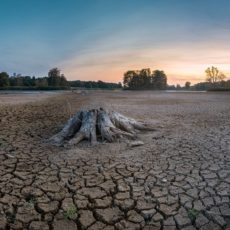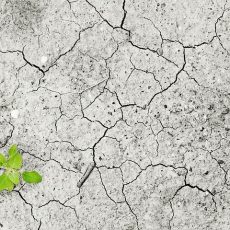Today we are going to look at water. H2O. Specifically, what type of emissions are produced bringing this elixir of life into our lives. As our population increases, we need to learn how to adapt to sharing our limited freshwater resources. Water is essential for life and providing access that is more sustainable makes sense.
Read morewater scarcity
Sustainable Living, Carbon Footprint, and the Vegan Diet

Today, we’re talking about sustainability and the vegan diet: Is excluding all animal products, from both land and sea, truly sustainable? The answer is a little more complex than just a simple yes or no.
Read moreClausius-Clapeyron Equation: We are Running Out of Water

Water is a fundamental resource for all life on Earth. What would humans do without fresh water? Well, we may well find out in 2050. The UN has projected that the demand for water in 2050 will
Read moreThe CO2 of H2O

Welcome to the Hive from home, QuarantineTV Edition! Today, we’re talking about water. Specifically, what type of emissions are produced bringing this magical elixir into and out of our lives. As our population increases, we need to learn how to adapt to sharing our limited freshwater resources. Water is essential to life on Earth, and providing access that is more sustainable just makes sense.
Read moreThe seas are rising, but we’re running out of water

The trend of freshwater use worldwide over the last 100 years resembles that of exponential growth. It is a trend that is troubling because water is a finite resource that will only become scarcer as more of it is used. Such a contrast is the reason that awareness about water scarcity has become impossible to avoid. Environmental factors such as drought and saltwater intrusion are generally thought of first in regard to water scarcity, but the infrastructure and institutions tasked with delivering water to people can also cause water scarcity. Furthermore, climate change will only cause added stress to water resources, as more frequent and longer lasting droughts can be expected with rising global temperatures.
Read more
